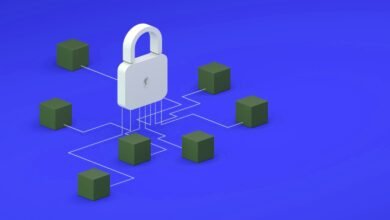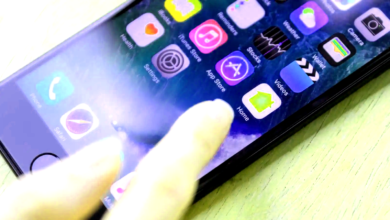How IoT is Revolutionizing Agriculture: Improving Farming Efficiency and Sustainability

IoT is Revolutionizing Agriculture
As the world’s population continues to grow, the need for sustainable food production becomes increasingly pressing. With traditional farming practices becoming less efficient and less environmentally friendly, innovative technologies like the Internet of Things (IoT) are proving to be a game-changer for agriculture. In this article, we will explore how IoT is revolutionizing agriculture by improving farming efficiency and sustainability.
-
What is IoT in Agriculture?
The Internet of Things (IoT) is a network of interconnected devices and sensors that can collect and share data without human intervention. In agriculture, IoT refers to the use of sensors, drones, and other devices to collect data from farms and send it to the cloud for analysis. This data can then be used to optimize farming practices, increase yields, and reduce waste.
-
Smart Irrigation
Irrigation is one of the most critical components of farming. With traditional irrigation methods, it’s challenging to ensure that crops get the right amount of water at the right time. IoT technology has made irrigation more efficient by using sensors to monitor soil moisture levels and weather conditions. This data is then used to automate the irrigation system, ensuring that crops receive the optimal amount of water.
-
Precision Farming
Precision farming is the use of data to optimize farming practices. IoT technology plays a vital role in precision farming by collecting data on everything from soil moisture and temperature to crop health and growth. This data can then be used to make informed decisions about planting, fertilization, and pest control.
-
Livestock Monitoring
IoT technology is also being used to monitor livestock. Sensors can be placed on animals to track everything from their location to their health status. This data can then be used to ensure that animals are healthy, well-fed, and comfortable.
-
Predictive Analytics
IoT technology can also be used to predict crop yields and market conditions. By analyzing data on everything from weather patterns to soil conditions, farmers can make more informed decisions about when to plant, harvest, and sell their crops.
-
Supply Chain Management
IoT technology can also be used to improve supply chain management in agriculture. By tracking crops from the farm to the market, farmers can ensure that their produce arrives fresh and in good condition. This not only benefits the farmer but also the consumer, who gets fresher produce.
-
Environmental Benefits
IoT technology is also improving the environmental sustainability of farming. By reducing waste and increasing efficiency, IoT technology is helping farmers reduce their carbon footprint. For example, by using precision farming techniques, farmers can reduce the amount of fertilizer and pesticides they use, which can significantly reduce the environmental impact of farming.
-
Challenges and Opportunities
While IoT technology offers many benefits to agriculture, it also presents some challenges. For example, IoT devices require reliable internet connectivity, which can be a challenge in rural areas. There are also concerns about data privacy and security. However, these challenges can be addressed, and the opportunities presented by IoT technology in agriculture far outweigh the challenges.
9. Embracing IoT in Agriculture
The benefits of IoT in agriculture are clear, but it’s essential for farmers to embrace this technology to realize its full potential. This means investing in IoT devices, working with technology providers, and educating themselves on how to use IoT technology effectively.
Farmers can start by identifying the areas of their operation that could benefit most from IoT technology. This could be anything from irrigation to livestock monitoring to supply chain management. From there, they can work with technology providers to implement IoT devices and develop data analytics strategies that will help them make informed decisions.
Farmers should also be aware of the potential challenges of IoT technology and take steps to mitigate them. This could mean investing in reliable internet connectivity, working with trusted technology providers, and developing data privacy and security protocols.
Overall, embracing IoT technology in agriculture is essential for improving farming efficiency and sustainability in the face of growing global food demand. By using IoT technology to collect and analyze data, farmers can optimize their practices, reduce waste, and increase yields, ultimately contributing to a more sustainable future for agriculture.
Read More:5G Technology: The Key to Unlocking the Full Potential of the IoT
Conclusion
In conclusion, IoT technology is revolutionizing agriculture by improving farming efficiency and sustainability. From smart irrigation to precision farming, IoT technology is helping farmers optimize their practices and reduce waste. With the world’s population expected to reach 9 billion by 2050, the need for sustainable food production has never been more critical. IoT technology offers a path forward, and farmers who embrace this technology will be well-positioned to thrive in the years to come.











